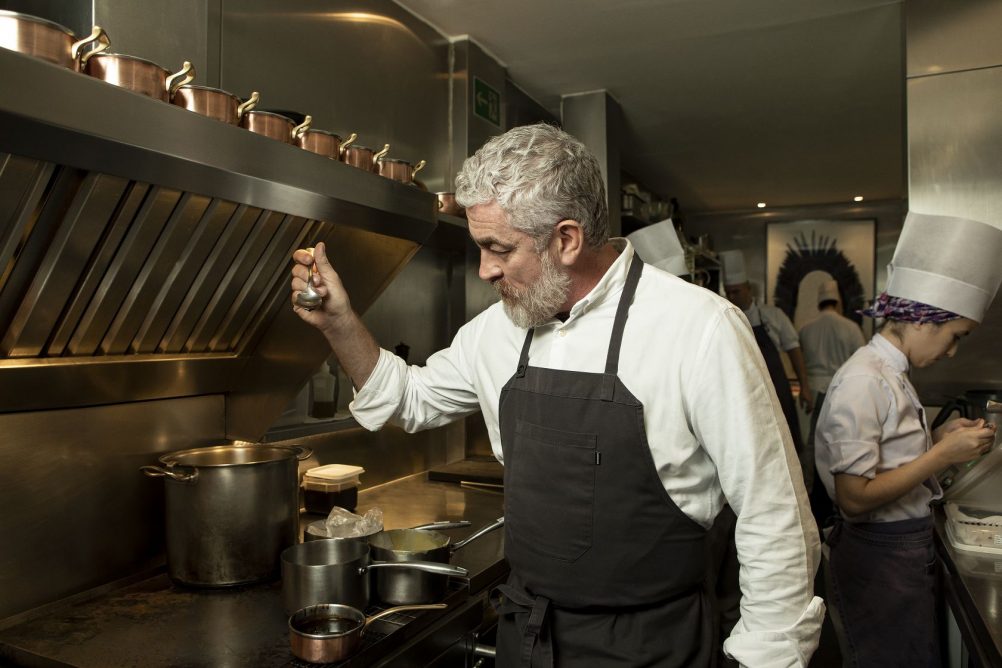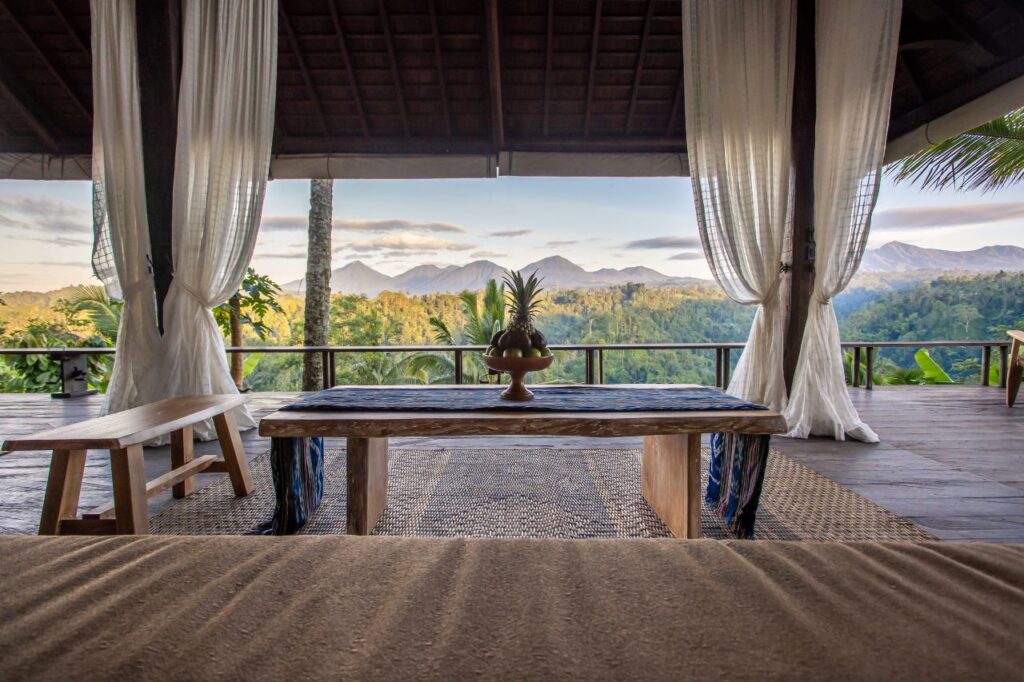Alex Atala: Reinventing Brazilian cuisine, one ant at a time
At D.O.M in Sao Paulo, the spotlight is on indigenous ingredients.
Words by Ute Junker
Photo Marcus Steinmeyer
If you dine at Alex Atala’s acclaimed Sao Paulo restaurant D.O.M and find ants on your plate, rest easy – they are meant to be there. Over the past two decades, Atala has championed indigenous foodstuffs, introducing diners to ingredients they may never have tried before, from heart of palm to the cambuca fruit, tucupi juice from manioc root and, yes, the odd ant.
Atala understands that insects are not to everyone’s taste – “We don’t offer the ants to everyone, and we always ask the guest before serving it” – but he is keen to expand his diners’ palate.
“It’s definitely a challenge having ingredients like insects be widely accepted, but I truly believe in the potential of these ants in haute gastronomy – not only for their rich flavour, but also because the dishes they are in can be intriguing and funny too.”
Atala sources almost all of his ingredients from Brazil, with 50 per cent of them coming from the Amazon. Atala’s love affair with the region began as a young age, on family holidays. He has strong memories of eating the local fish, “lighting up a fire by the river and grilling [them]. This might be one of the most important memories I have from my childhood,” he says.
His ants, which add a delightful lemongrass flavour to a dish, are also from the Amazon. To thank the tribespeople who introduced him to the ants, Atala gave them some lemongrass, which they had never seen before. In a lecture now available on YouTube, Atala tells the delighted audience that the tribe was very taken with the new food, declaring “It tastes like ant!”
Atala’s aim is nothing less than getting Brazil’s unique flavours known around the world. The great cuisines, he says, can be summed up in three ingredients – soy sauce, ginger and seaweed for Japan, for instance, or tomato, basil and mozzarella for Italy. His picks for Brazil? “Manioc and all its sub products, ants and peppers.”
There are plenty of other indigenous ingredients highlighted on the menu, including the priprioca root. Although none of the indigenous tribes used it as a foodstuff, Atala was intrigued by its magnificent aroma, which has already been harnessed by the cosmetics industry. He has found that the plant’s complex aroma – variously citric, smoky and earthy – can be used with ingredients as diverse as fish, chocolate, lemon and bananas.
One thing is certain: Atala is not in danger of running out of new ingredients any time soon. “I am always learning something new,” he says.



